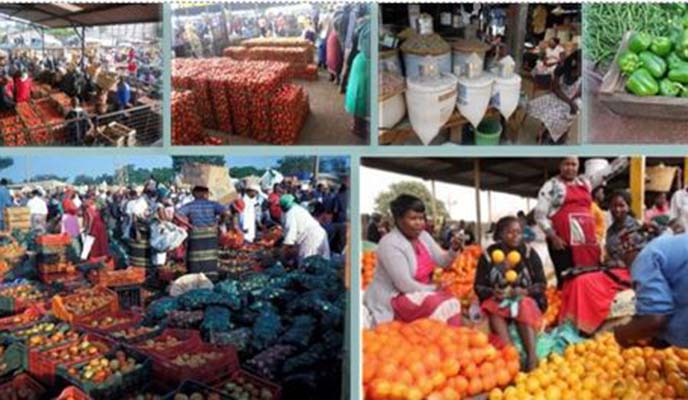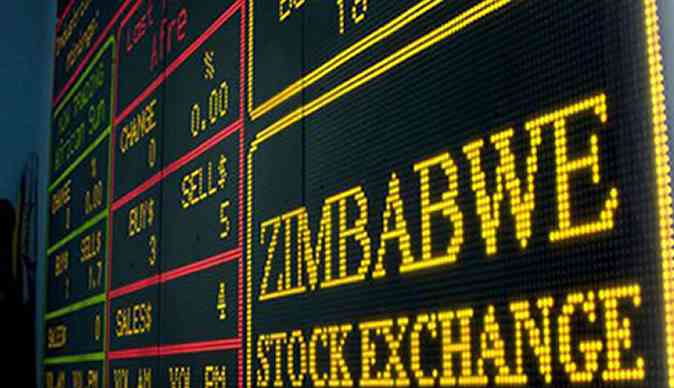
The current drought in Southern Africa has seen governments, development organisations and the private sector over-emphasising the role of maize in addressing hunger and malnutrition.
BY CHARLES DHEWA
This is in spite of people’s agriculture markets providing evidence of the existence of a food basket comprising diverse agriculture commodities. Rather than focusing on a single commodity like maize, if properly conceived and implemented, a food basket approach will result in marked reduction in hunger, healthier populations, improved environmental conservation as well as safer and more secure food systems.
Moving away from piecemeal and contradictory approaches
The main challenge in many developing countries is that food issues are addressed through piecemeal and often contradictory approaches. Yet a food systems approach will result in co-ordinated production and consumption patterns which show linkages between farming, diets, public health and the environment. Policymakers, development organisations and the private sector should repurpose existing resources and institutions towards building healthier food systems. The interest of agriculture production should be subordinated to the goals of nutrition and health. We need studies showing the number of lives and the amount of money that would be saved by increasing national consumption of fruits, tubers and vegetables rather than just consuming maize. Embracing a holistic food system is, therefore, not simply about food. It is about health, rural landscapes, markets, the environment and sustainable agri-businesses.
Elements of a market-driven drought mitigation strategy
People’s agriculture markets can be useful in providing insights on drought through mapping sources of commodities along agricultural value chains. For instance, the market can show what is coming from where, in what quantities and going where? An agricultural commodity push and pull factor can be seen through the convening power of the market. If you select 20 commodities in the people’s market comprising tubers, small grains, vegetables, fish, eggs and maize, among others, it is possible to immediately see how much of each commodity is available in source areas and where it is demanded most. You can also see the status of less perishable commodities.
- Chamisa under fire over US$120K donation
- Mavhunga puts DeMbare into Chibuku quarterfinals
- Pension funds bet on Cabora Bassa oilfields
- Councils defy govt fire tender directive
Keep Reading
Mapping and tracking agricultural commodities in the market can inform solid strategies for facilitating bulk procurement and movement of these commodities from glut to deficit areas. You can also see the existence of a much larger food basket that does not necessarily comprise of maize. A lot of commodities like butternuts, potatoes, cabbages and beans are always available on the market. These are already going a long way in supplementing household food baskets. Experience has shown that promoting a mono-crop like maize results in households selling part of the maize to get relish. This shows the importance of a food basket approach rather than sticking with one commodity.
How the market can be used to map and track commodities
Key informants like farmers, traders and transporters can be identified in people’s markets. These can provide a snap survey in terms of what is available along value chains. Order financing can then come in as part of facilitative financial inclusion. Commodities that are needed at one community or growth point from, for instance Murewa, can be supplied and payment made to Murewa farmers. If 5 000 cabbages are supplied to Chivi Growth Point for local households, farmers who provide the cabbages can be paid through order financing. Usually, within three to five days all the commodities will have been sold out, creating room for more commodities to be pulled into the market.
The role of agro-dealers and other actors can be revisited in this model so that, rather than just selling inputs, they become holding centres for collection and delivery of food items. As local distributors, these actors can distribute other commodities like fish and soya products. When fully functional, this model can show how the market can be a quick fix in redistributing food resources from one regional economy to the other for comparative advantage. Mapping and regular information flows can show the scale of drought challenge before the government decides how much potatoes, maize or fruits to import. Without organised distribution this pattern is very difficult to see.
This strategy should see much support going to irrigation schemes because with properly organised marketing channels, irrigation schemes will be enticed to grow commodities on demand. This can be a lucrative business model on its own right, resulting in good return on investment for irrigation schemes. Results of internal food distribution can easily be made visible through mapping and tracking. This model is basically scaling up what is happening at household levels, where, instead of an employee in Harare sending remittances to his or her relatives in Chivi in the form of cash, he/she buys and sends home a basketful of simple commodities like butternuts, cabbages, kapenta fish and a 20kg bag of maize-meal. All this can be worth $50 and enough to last a month for a family of six. People always buy what is not available in their home areas. On the livestock side, the same model can still work where fodder can be moved from areas of glut to drier areas for livestock feed. This is a business waiting for enterprising young people, who may even be paid in the form of livestock when there is no cash on the other end.
Reducing strain on local resources
The distribution of food through people’s markets will also reduce strain on local reservoirs such as dams, weirs, rivers and underground water. Rather than engage in market gardening, people in dry areas will leave that water for livestock since vegetables and other commodities will come from areas where they are in abundance. This will save the remaining water for fewer uses like household consumption and livestock drinking. Development organisations focusing on school feeding programmes should support local producers rather than continue importing food. Commodities like butternuts, beans and groundnuts can be supplied locally.
Food policies should stop putting maize at the centre of our food, but look at the whole issue, as a food basket, whose other items are on the market. Commodities like cabbages, butternuts and potatoes are less perishable and can last for two weeks up to a month. If this food distribution model can take 10% of the maize import bill, it will have saved a useful purpose. It can be a revolving fund since commodities will actually be traded commercially. The idea is basically to establish trade centres for other food items rather than just considering maize and maize-meal. Where there are maize depots, complementary food items like potatoes, cabbages and butternuts can be provided. Drought periods should see support moving from production to markets. A lot of lessons in the market can inform the whole strategy.
l [email protected]/[email protected]/[email protected]
Website: www.emkambo.co.zw/www.knowledgetransafrica.com











